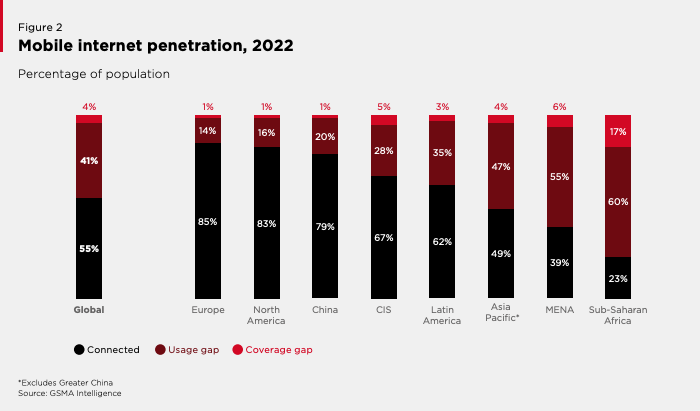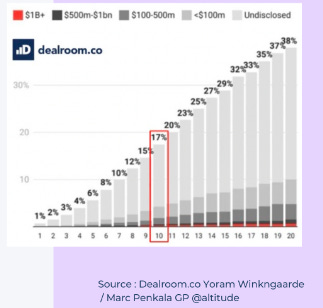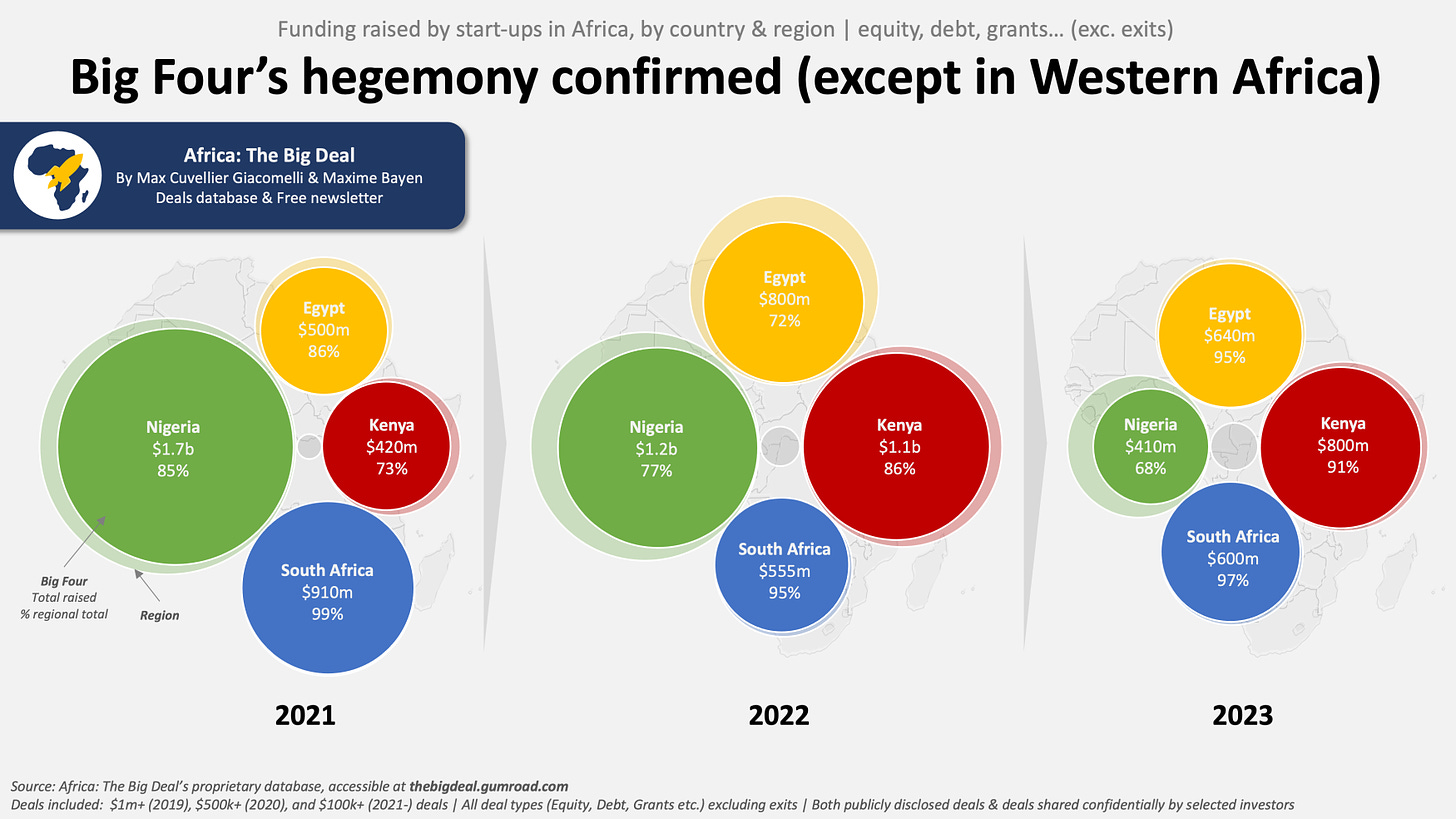Investir dans des fonds de capital-risque peut être un moyen lucratif de participer à la croissance de startups innovantes et d’entreprises émergentes.
Cependant, choisir le bon fonds de capital-risque nécessite une réflexion approfondie et une approche stratégique.
Dans ce guide, nous vous donnons des conseils pratiques pour vous aider à sélectionner des investissements dans des fonds de capital-risque, en vous assurant de prendre des décisions éclairées qui correspondent à vos objectifs financiers.
Comprendre les fonds de capital-risque
Les fonds de capital-risque rassemblent le capital de plusieurs investisseurs pour investir dans des startups en phase de démarrage et des entreprises à forte croissance. Ces fonds sont gérés par des sociétés de capital-risque qui utilisent leur expertise pour identifier, investir dans et soutenir des entreprises prometteuses. Les investissements dans des fonds de capital-risque peuvent offrir des rendements significatifs, mais comportent également des risques plus élevés par rapport aux investissements traditionnels.
L’objectif principal des fonds de capital-risque est de générer des rendements substantiels en investissant dans des startups ayant le potentiel de croître rapidement et de devenir des leaders du marché. Ces fonds fournissent du capital en échange d’une participation au capital et jouent souvent un rôle actif dans l’orientation et le soutien des startups dans lesquelles ils investissent.
La nature à haut risque et à haut rendement des investissements dans des fonds de capital-risque en fait une option attrayante pour les investisseurs cherchant à diversifier leurs portefeuilles et à réaliser des rendements exceptionnels.
Investir dans des fonds de capital-risque permet non seulement de s’exposer à des entreprises innovantes à un stade précoce, mais aussi de soutenir la croissance et le développement de technologies et de modèles commerciaux révolutionnaires. Cependant, le succès de votre investissement dépend fortement du choix du bon fonds de capital-risque, de la compréhension de sa stratégie et de son alignement avec vos objectifs d’investissement.
Lire aussi : Devenir investisseur : le faire soi-même ou via un fonds de capital-risque ?
Considérations clés lors du choix de fonds de capital-risque
Performance et historique du fonds
L’historique des performances d’un fonds de capital-risque est un indicateur essentiel de son succès potentiel. Évaluez les rendements historiques du fonds, la performance de ses entreprises en portefeuille et sa capacité à générer des résultats cohérents dans le temps. Recherchez des fonds gérés par des capital-risqueurs expérimentés avec un solide historique de sorties réussies.
Focus et stratégie d’investissement
Les fonds de capital-risque se spécialisent souvent dans des secteurs spécifiques, des stades de développement des entreprises ou des régions géographiques. Assurez-vous que le focus d’investissement du fonds est aligné avec vos intérêts et votre expertise. Par exemple, si vous êtes passionné par les startups technologiques, choisissez un fonds qui cible ce secteur. Comprendre la stratégie du fonds vous aide à évaluer son potentiel à saisir les opportunités du marché.
Taille et stade du fonds
La taille du fonds et le stade d’investissement qu’il cible sont des facteurs cruciaux. Les fonds plus grands peuvent disposer de plus de ressources et d’un portefeuille diversifié, mais les fonds plus petits peuvent être plus agiles et concentrés. De même, certains fonds investissent dans des startups en phase de démarrage à fort potentiel de croissance, tandis que d’autres se concentrent sur des entreprises en phase avancée avec des flux de revenus établis. Choisissez une taille de fonds et un stade correspondant à votre tolérance au risque et à votre horizon d’investissement.
Expertise de l’équipe de gestion
L’expertise et l’expérience de l’équipe de gestion du fonds jouent un rôle significatif dans son succès. Recherchez les antécédents des principaux membres de l’équipe, leur connaissance de l’industrie et leur historique dans la gestion des investissements en capital-risque. Une équipe de gestion solide peut fournir des conseils précieux et un soutien aux entreprises en portefeuille, augmentant ainsi les chances de sorties réussies.
Structure des frais
Les fonds de capital-risque facturent généralement des frais de gestion et des frais de performance (carried interest). Comprenez la structure des frais du fonds et son impact sur vos rendements. Bien que des frais plus élevés puissent être justifiés par des performances exceptionnelles, il est essentiel de s’assurer que la structure des frais est alignée avec vos objectifs d’investissement.
Diversification et gestion des risques
Évaluez l’approche du fonds en matière de diversification et de gestion des risques. Un portefeuille bien diversifié peut atténuer les risques en répartissant les investissements sur différents secteurs et stades. De plus, renseignez-vous sur les stratégies de gestion des risques du fonds, telles que leur processus de diligence raisonnable et le soutien post-investissement aux entreprises en portefeuille.
Étapes pour sélectionner des investissements dans des fonds de capital-risque
Définir vos objectifs d’investissement
Définissez clairement vos objectifs d’investissement, votre tolérance au risque et votre horizon temporel. Déterminez comment les investissements dans des fonds de capital-risque s’intègrent dans votre stratégie de portefeuille globale. Cherchez-vous des rendements élevés avec un risque plus élevé ou préférez-vous une approche équilibrée avec un risque modéré ?
Mener des recherches approfondies
Recherchez en profondeur les fonds de capital-risque potentiels. Utilisez des ressources en ligne, des rapports financiers et des publications de l’industrie pour recueillir des informations. L’application Daba offre une plateforme complète pour explorer et évaluer divers fonds de capital-risque, fournissant des analyses détaillées et des insights.
Analyser les documents du fonds
Examinez les documents d’offre du fonds, y compris le mémorandum de placement privé (PPM), l’accord de partenariat limité (LPA) et les états financiers. Ces documents fournissent des informations essentielles sur la stratégie d’investissement, la structure des frais et les conditions du fonds.
Évaluer les investissements passés
Examinez les investissements et sorties précédents du fonds. Recherchez des modèles de succès, les secteurs dans lesquels ils investissent et la trajectoire de croissance de leurs entreprises en portefeuille. Les sorties réussies peuvent indiquer la capacité du fonds à générer des rendements.
Rencontrer les gestionnaires de fonds
Organisez des réunions ou des appels avec les gestionnaires de fonds pour discuter de leur philosophie d’investissement, de leur stratégie et de leur portefeuille actuel. Posez des questions sur leur processus de prise de décision, leur soutien aux entreprises en portefeuille et leur vision pour l’avenir du fonds.
Demander des conseils professionnels
Envisagez de consulter des conseillers financiers ou des professionnels de l’investissement ayant de l’expérience dans le capital-risque. Ils peuvent fournir des insights précieux et vous aider à naviguer dans les complexités des investissements dans des fonds de capital-risque.
Utiliser Daba pour vos investissements en capital-risque
L’application Daba simplifie le processus de sélection des investissements dans des fonds de capital-risque en fournissant une plateforme unifiée avec accès à des fonds de capital-risque vérifiés et des analyses complètes. Voici comment Daba peut vous aider :
Accès à des fonds de capital-risque vérifiés : Daba propose une liste soigneusement sélectionnée de fonds de capital-risque à fort potentiel, facilitant la recherche et l’évaluation des opportunités d’investissement.
Analyses détaillées : La plateforme fournit des analyses détaillées et des insights sur la performance des fonds, l’expertise de l’équipe de gestion et les stratégies d’investissement.
Interface conviviale : L’interface intuitive de Daba vous permet d’explorer les fonds de capital-risque, de suivre vos investissements et de rester informé des dernières tendances du marché.
Erreurs courantes à éviter lors du choix de fonds de capital-risque
Lorsque vous sélectionnez des investissements dans des fonds de capital-risque, évitez ces erreurs courantes :
Ignorer la diligence raisonnable : Ne pas effectuer des recherches approfondies peut conduire à de mauvaises décisions d’investissement.
Négliger la structure des frais : Des frais élevés peuvent avoir un impact significatif sur vos rendements. Comprenez la structure des frais avant d’investir.
Manque de diversification : Investir dans un seul fonds ou secteur peut augmenter le risque. Diversifiez vos investissements pour atténuer les pertes potentielles.
Suivre la mode : Ne pas investir uniquement en fonction des tendances ou de l’opinion populaire. Prenez des décisions basées sur une analyse approfondie et vos objectifs d’investissement.
Réussir
Sélectionner les bons investissements dans des fonds de capital-risque nécessite une réflexion approfondie, des recherches approfondies et une approche stratégique.
En évaluant la performance du fonds, le focus d’investissement, l’expertise de l’équipe de gestion et la structure des frais, vous pouvez prendre des décisions éclairées alignées sur vos objectifs financiers.
L’application Daba offre une plateforme complète pour explorer et investir dans des fonds de capital-risque à fort potentiel, offrant des analyses détaillées et des conseils d’experts pour soutenir votre parcours d’investissement.
Visitez notre plateforme pour explorer les options d’investissement, accéder aux insights d’experts et découvrir les opportunités passionnantes dans le monde du capital-risque.













